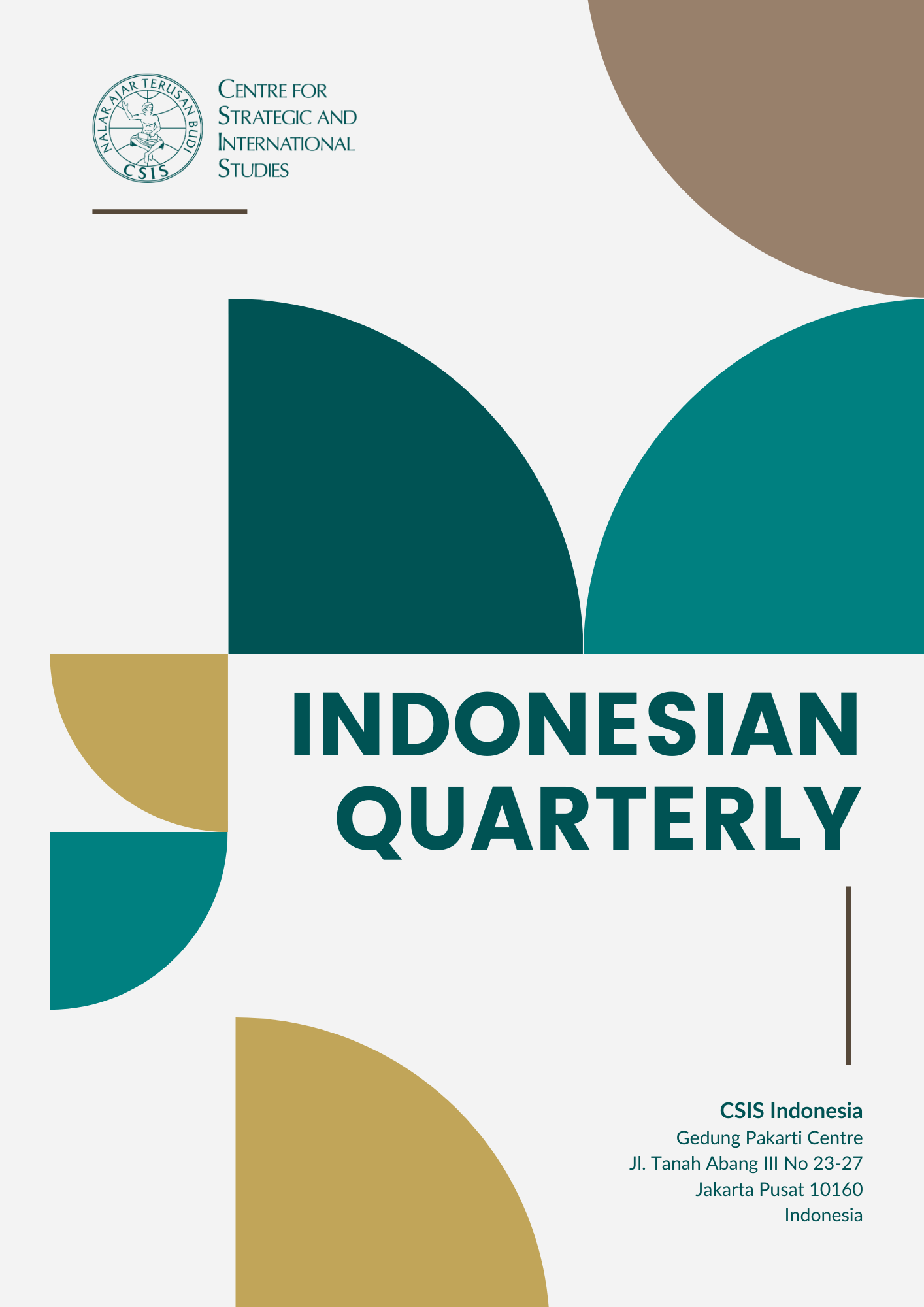Abstract
In contrast with the pre-1997 / 98, today's emerging Asia registers excess savings. Since early 2000s, the liquidity was further boosted by inflows of capital including those going through the banking sector. After a brief, yet sharp, interruption at the beginning of the global financial crisis, inflows resumed albeit of different form and inducted by different agents. Nonetheless, the global liquidity sphere has clearly changed. When the quantitative easing tantrum began in May last year, volatility returned. Largely due to a lack of innovative policy response, the episode of vacillating flows produced repercussions not different than in the past because the incentive system remains unchanged. Consequently, vulnerability still rises with capital flows. The 'rational' response of agents is equally predictable, raising the risk of financial instability and exacerbating the already widening income disparity. Nothing is fundamentally new, everyone continues to "dance with the system."
